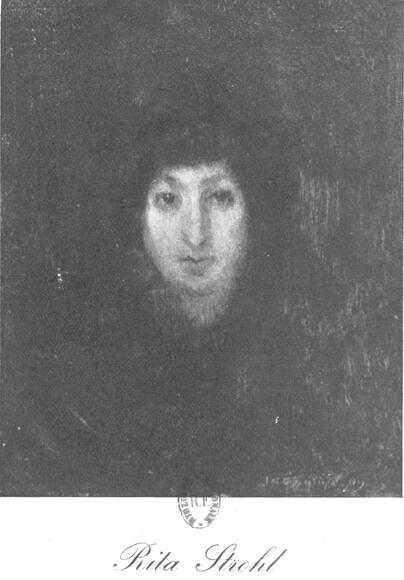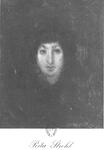
Rita STROHL
1865 - 1941
Composer, Pianist
A precociously talented child, Rita Strohl was admitted to the Paris Conservatoire at the age of thirteen. Her music was first heard in public in Paris in 1884 (Piano Trio), then in Rennes and Chartres in 1885 (Messe à six voix, orchestre et orgue). Her works, showing a propensity for mysticism, combine various religious inspirations: these influences culminate in Les Noces spirituelles de la Vierge Marie (1903), Le Suprême Puruscha, a cycle mystique in seven parts (1908), and the drame lyrique La Femme pécheresse (1913), all works with evocative titles. Similar influences are found more indirectly in other compositions: her Hindu and Celtic operas, for instance, are imbued with different forms of spirituality, while others, such as her Symphonie de la forêt (1901) and Symphonie de la mer (1902), display traces of pantheism. Rita Strohl was strongly influenced by Symbolist theories and in 1912, with the financial support of subscribers and the backing of personalities such as Odilon Redon, Gustave Fayet and her second husband, the master glassmaker Richard Burgsthal, she created the short-lived Théâtre de La Grange, where she presented operatic works composed in her mystical, Symbolist vein. Her sometimes esoteric experiments and her taste for mystery appear in her prefaces and in the annotations of her scores. She also composed piano music, chamber works and mélodies, including Les Chansons de Bilitis (1898, settings of twelve poems with erotic overtones by Pierre Louÿs), which proved very successful.
Focus
Focus



